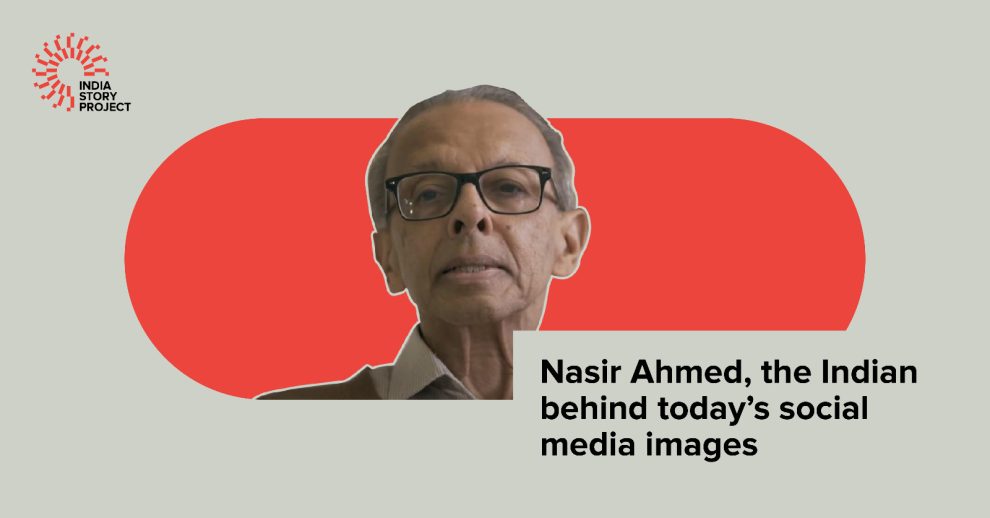ISP Delhi Bureau
The image revolution is taking the social media world by storm and every day billions of videos and images are uploaded in social media platforms and other world-wide web platforms. The person who made it possible is an Indian- American called Nasir Ahmed.

An image is worth a thousand words, goes the proverb. And same is for the image size. A video or an image is multiple times heavier and could not have been uploaded if there was no technology developed by Nasir and his team for the .jpeg format. Back in 1972, he went to multiple people with the idea to make images simpler and easier to handle. According to the College of Graduates in Economic Sciences of Tucumán (CGCET), he can aptly be called the father of Digital Signal Processing of images. The book ‘The Order of the Crest’ mentions that Nasir’s work helped us all access Zoom meetings and FaceTime calls and is also the reason behind the creation of DVDs, digital cameras and high-definition TVs.
After the advent of the internet in the early 90s, for many years it was still difficult to imagine a world today of digital existence that is so saturated with images. For many years the internet was primarily text and images were bulky and very difficult to handle for normal sites. All these TikTok rage, image sharings and YouTube instructional videos and iOS family photo collections would have been impossible without the hard work of this Indian-American scientist Nasir Ahmed. The original architecture of the World Wide Web, conceived by Tim Berners-Lee in the 1980s, couldn’t display still images at all and the idea of watching a video over the Internet was considered nearly impossible.

Ahmed was born in 1940 in Bangalore, India, where he was raised by his maternal grandparents. He moved to the United States in the early 1960s to do graduate work at the University of New Mexico. He met an Argentinian Esther Pariente and fell in love and got married. He started working with Honeywell which had just launched a computer division to compete with the then-dominant IBM and there began the digital revolution. Ahmed explored cutting-edge algorithms for analysing digital signals known as Walsh functions. Using the tools of signal processing and analysis he worked on the technology to reduce the file size of an image without sacrificing too much visual quality. He worked on the formula to turn the array of pixels that described an image digitally into a waveform, effectively taking something spatial in nature and turning it into a frequency. With Nasir’s efforts, the turning point in digital image handling came during the late 1980s and early 1990s when a standards group known as the Joint Photographic Experts Group made it a cornerstone of a new file format for photographs, with an acronym derived from the group’s name: JPEG. And hence today we have the ease of playing and sharing images. Thanks to the great Indian-American, Nasir Ahmed.





Add Comment